Home>Construction & Tools>Building Materials>How To Cover A Brick Fireplace
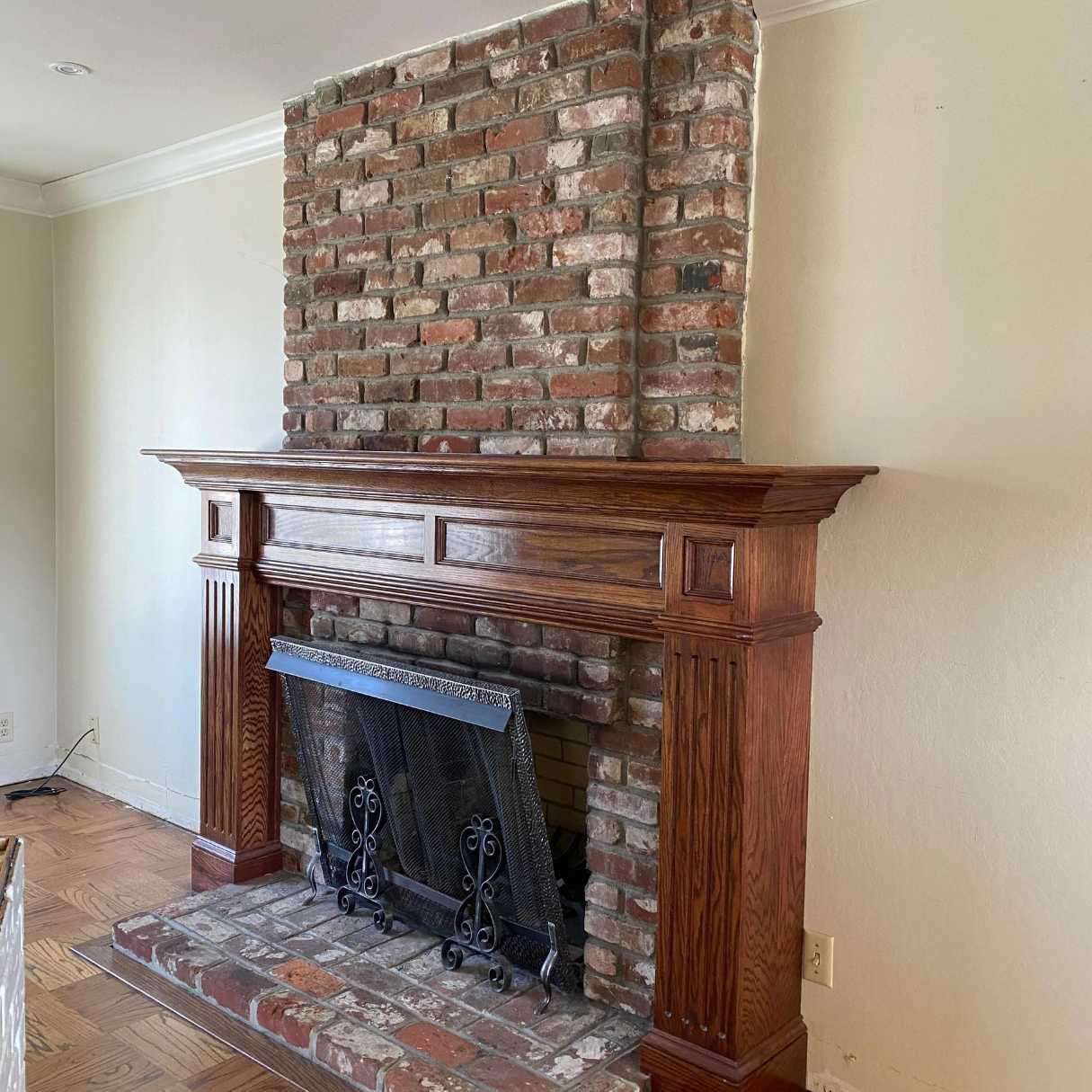

Building Materials
How To Cover A Brick Fireplace
Published: January 22, 2024
Learn how to cover a brick fireplace with various building materials. Transform your fireplace with our step-by-step guide.
(Many of the links in this article redirect to a specific reviewed product. Your purchase of these products through affiliate links helps to generate commission for Storables.com, at no extra cost. Learn more)
Introduction
So, you have a brick fireplace that’s seen better days. Whether it’s outdated, damaged, or just not your style, covering it up can give your living space a fresh, new look. But before you dive into this project, it’s essential to understand the process and make informed decisions. From assessing the condition of the fireplace to choosing the right covering material and applying it with precision, every step plays a crucial role in achieving a stunning result.
In this comprehensive guide, we will walk you through the process of covering a brick fireplace, providing valuable insights and practical tips to help you tackle this project with confidence. Whether you’re aiming for a modern, sleek finish or a rustic, cozy vibe, we’ve got you covered.
Now, let’s embark on this transformative journey to revitalize your living space and breathe new life into your fireplace.
Key Takeaways:
- Transform your living space by covering a brick fireplace with the perfect material that complements your style, ensuring a stunning result that enhances the overall ambiance of the room.
- Carefully assess the condition of the fireplace, choose the right covering material, prepare the surface, and apply with precision to create a captivating focal point that reflects your unique taste and style.
Read more: How To Cover A Brick Fireplace
Assessing the Fireplace
Before you begin the process of covering your brick fireplace, it’s crucial to assess its current condition. Start by thoroughly examining the surface of the bricks. Look for any signs of damage, such as cracks, chips, or crumbling mortar. Additionally, consider the overall style and architecture of the room to determine the most suitable covering option.
Next, assess the type of brick used in the construction of the fireplace. Is it traditional red brick, textured or smooth, or perhaps a different material made to resemble brick? Understanding the characteristics of the existing bricks will help you choose a covering material that complements the overall aesthetic of the room.
Consider the dimensions of the fireplace as well. Measure the height, width, and depth of the structure to determine the amount of covering material you will need. Taking precise measurements at this stage will prevent unnecessary delays and ensure a seamless application process later on.
Furthermore, evaluate the condition of the surrounding walls and flooring near the fireplace. Take note of any potential obstacles or irregularities that may impact the covering process. By thoroughly assessing the entire area, you can anticipate and address any challenges that may arise during the project.
Finally, consider your desired outcome. Are you looking to achieve a modern, minimalist look, or do you prefer a more traditional, textured appearance? Understanding your aesthetic preferences will guide your decisions when selecting the covering material and determining the application technique.
By carefully assessing the fireplace and its surroundings, you can lay the groundwork for a successful covering project, ensuring that the end result aligns with your vision and enhances the overall ambiance of your living space.
Choosing the Right Covering
When it comes to covering a brick fireplace, the options are plentiful, offering a wide range of styles, textures, and finishes to suit diverse preferences. From sleek tiles and natural stone to reclaimed wood and elegant marble, the choice of covering material can significantly transform the look and feel of your fireplace.
Consider the overall design scheme of your living space. If you prefer a contemporary, minimalist aesthetic, sleek tiles or smooth marble may be the ideal choice. On the other hand, if you lean towards a more rustic or vintage vibe, reclaimed wood or textured stone can infuse warmth and character into the room.
Take into account the color palette of the room as well. The covering material should harmonize with the existing colors and textures, creating a cohesive and visually appealing environment. Whether you opt for a bold contrast or a subtle blend, the covering should complement the surrounding elements while making a distinct statement.
Furthermore, assess the practical aspects of each covering option. Consider factors such as maintenance requirements, heat resistance, and durability. For example, if the fireplace is frequently used, heat-resistant materials are essential to ensure longevity and safety.
Another crucial consideration is the installation process. Some covering materials, such as large-format tiles or natural stone, may require professional installation due to their weight and complexity. On the other hand, lightweight veneers or peel-and-stick options offer a more accessible DIY approach.
Lastly, explore design inspirations and gather samples of different covering materials to visualize how they will look in your space. Experiment with various textures, patterns, and colors to find the perfect match for your fireplace transformation project.
By carefully considering the design, practical, and installation aspects of each covering option, you can make an informed decision that aligns with your vision and elevates the aesthetic appeal of your fireplace and the surrounding room.
Preparing the Surface
Before applying the chosen covering material to your brick fireplace, it’s crucial to prepare the surface to ensure optimal adhesion and a flawless finish. The preparation process involves thorough cleaning, addressing any damage, and applying a suitable primer to promote bonding.
Start by cleaning the brick surface to remove any dirt, dust, and debris. Use a stiff-bristled brush or a vacuum with a brush attachment to eliminate loose particles from the bricks and mortar joints. For stubborn stains or soot buildup, consider using a mild detergent solution and a scrub brush to achieve a clean, uniform surface.
Inspect the bricks for any damage, such as cracks or crumbling mortar. Repair any minor imperfections using a high-quality mortar repair compound, following the manufacturer’s instructions. For extensive damage or structural issues, consulting a professional mason is recommended to ensure proper restoration before proceeding with the covering application.
Once the surface is clean and any necessary repairs have been made, it’s time to apply a bonding primer specifically designed for the chosen covering material. The primer serves as a crucial intermediary layer, promoting adhesion between the brick surface and the covering material. Be sure to select a primer that is compatible with both the brick surface and the covering material, following the manufacturer’s guidelines for application and drying times.
After the primer has been applied and allowed to dry according to the manufacturer’s recommendations, the surface is ready for the next phase of the covering process. Proper preparation sets the stage for a successful application, ensuring that the covering material adheres securely and maintains its integrity over time.
By investing time and attention in preparing the brick surface, you can lay a solid foundation for the covering application, ultimately contributing to a professional-quality result that enhances the visual appeal of your fireplace and the entire room.
Consider using a thinset mortar to adhere a layer of cement board to the brick, then apply a decorative tile or stone veneer for a fresh look.
Applying the Covering
With the surface of your brick fireplace meticulously prepared, it’s time to embark on the exciting phase of applying the chosen covering material. Whether you’ve opted for sleek tiles, natural stone veneers, or textured wood panels, the application process requires precision, patience, and attention to detail to achieve a stunning outcome.
Before you begin, carefully review the manufacturer’s instructions for the specific covering material you’ve selected. Pay close attention to recommended adhesives, application techniques, and any special considerations for the chosen material. Following these guidelines will ensure a smooth and successful application process.
For tile or stone coverings, it’s essential to mix and apply the adhesive according to the manufacturer’s specifications. Use a notched trowel to create even ridges in the adhesive, promoting strong adhesion and minimizing air pockets between the covering material and the brick surface.
When applying wood or composite panels, ensure that the adhesive or mounting hardware is designed for secure attachment to the brick surface. Additionally, carefully measure and cut the panels to fit the dimensions of the fireplace, allowing for a precise and seamless installation.
As you begin affixing the covering material to the brick surface, maintain a steady and deliberate approach, ensuring that each piece is aligned correctly and firmly pressed into place. Take the time to adjust the positioning of each element to achieve a uniform and visually pleasing result.
Throughout the application process, step back periodically to assess the overall appearance and alignment of the covering material. Making minor adjustments as you progress can contribute to a polished and professional finish that enhances the aesthetic appeal of your fireplace.
Once the covering material has been applied and secured according to the manufacturer’s recommendations, allow sufficient time for any adhesives or sealants to cure before proceeding to the next phase of the project. This patience will ensure that the covering material sets firmly and maintains its integrity for years to come.
By approaching the application process with precision and care, you can transform the appearance of your brick fireplace, infusing your living space with a renewed sense of style and sophistication.
Read more: How To Cover Brick Fireplace With Concrete
Finishing Touches
As the covering material adorns your brick fireplace, it’s time to add the finishing touches that will elevate the overall look and ensure a seamless integration with the room’s design. Incorporating thoughtful details and complementary elements will further enhance the visual impact of the fireplace transformation.
If your covering material allows for grout or mortar joints, carefully apply and shape the grout to achieve a clean and uniform appearance. Select a grout color that harmonizes with the covering material and complements the surrounding decor, creating a cohesive and polished finish.
Consider the addition of a mantel or shelf above the fireplace to provide a functional and decorative element. Whether crafted from natural wood, sleek metal, or another material that resonates with your design aesthetic, the mantel can serve as a focal point for displaying cherished objects, artwork, or seasonal decor.
Lighting can play a significant role in accentuating the newly covered fireplace. Strategically placed sconces, recessed lighting, or a carefully selected overhead fixture can illuminate the area, highlighting the texture and character of the covering material while creating a welcoming ambiance in the room.
Accessorizing the fireplace with decorative elements such as framed artwork, mirrors, or sculptural pieces can further enhance its visual appeal. Consider the scale and proportion of the accessories to ensure they complement the fireplace without overwhelming the space.
Finally, take a step back and assess the overall impact of the finished fireplace within the room. Consider how the covering material interacts with the surrounding elements, from furniture and textiles to wall colors and flooring. Making subtle adjustments to the room’s decor can harmonize the space and create a cohesive, inviting atmosphere.
By attending to these finishing touches, you can transform your brick fireplace into a captivating focal point that harmonizes with your living space’s design, reflecting your personal style and enhancing the ambiance of the room.
Conclusion
Covering a brick fireplace presents an opportunity to revitalize your living space, infusing it with renewed style and character. From assessing the condition of the fireplace to selecting the perfect covering material, preparing the surface, and applying the transformational elements, every step contributes to the creation of a stunning focal point that complements your design vision.
By carefully evaluating the condition of the fireplace and its surroundings, you can make informed decisions that align with your aesthetic preferences and practical requirements. Choosing the right covering material is a pivotal step, offering a myriad of options to suit diverse design styles and preferences.
Thoroughly preparing the brick surface sets the stage for a successful application, ensuring that the covering material adheres securely and maintains its integrity over time. Applying the covering material with precision and care, and attending to the finishing touches, allows you to create a cohesive and visually striking fireplace that enhances the overall ambiance of the room.
As you embark on this transformative journey, remember that attention to detail and thoughtful design choices can elevate the entire living space, fostering a welcoming and aesthetically pleasing environment. Whether you opt for a modern, sleek finish or a rustic, textured look, the covered fireplace will serve as a captivating focal point, inviting admiration and creating a sense of warmth and style.
With each step of the covering process, you have the opportunity to infuse your personal style and creativity, ultimately crafting a fireplace that reflects your unique taste and enhances the visual allure of your home. Embrace this journey as an expression of your design vision, and revel in the transformative power of a beautifully covered brick fireplace.
As you take pride in the newly adorned fireplace, may it become a cherished centerpiece that enriches your living space and captivates all who gather around its inviting warmth.
Frequently Asked Questions about How To Cover A Brick Fireplace
Was this page helpful?
At Storables.com, we guarantee accurate and reliable information. Our content, validated by Expert Board Contributors, is crafted following stringent Editorial Policies. We're committed to providing you with well-researched, expert-backed insights for all your informational needs.
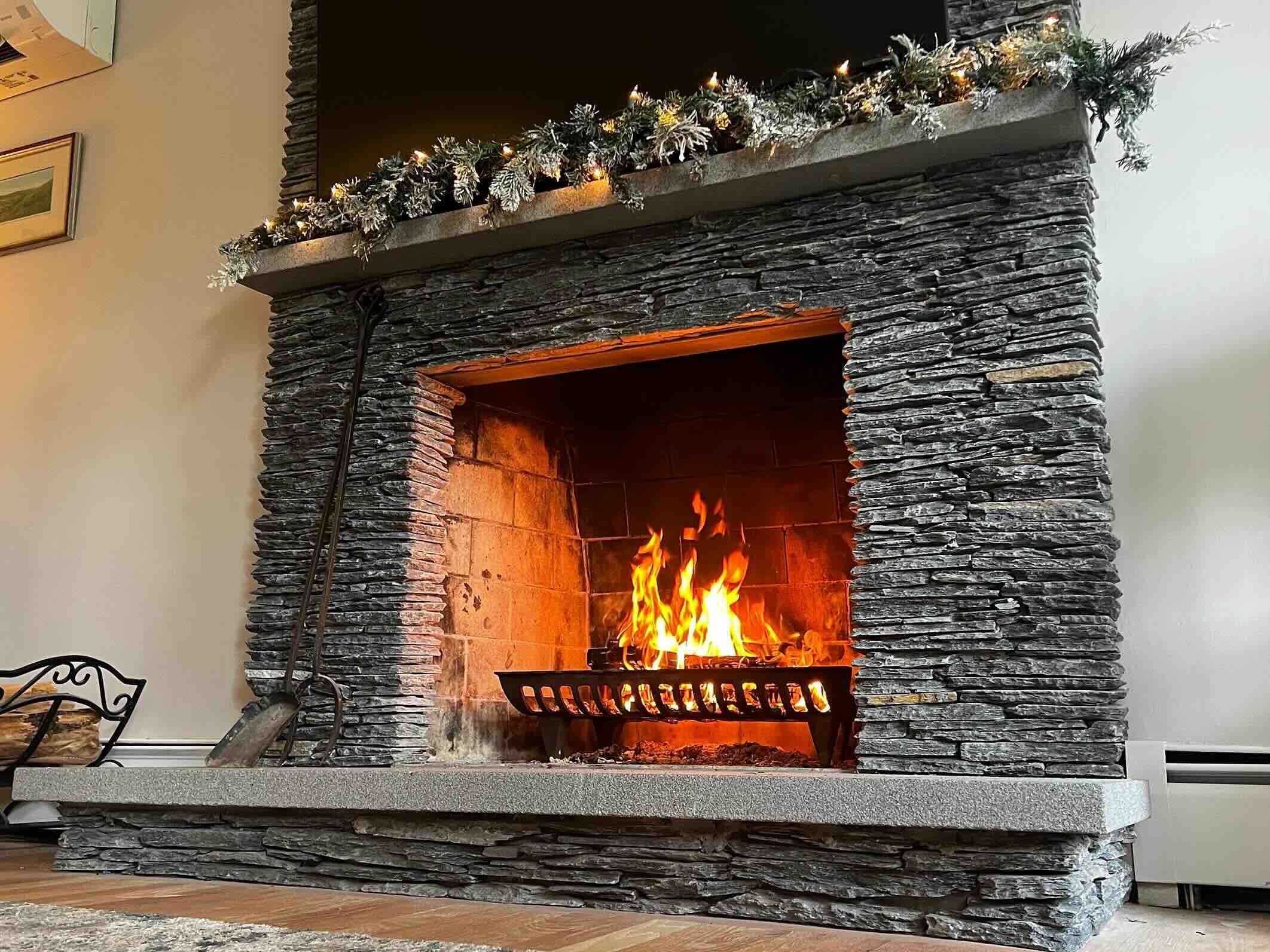
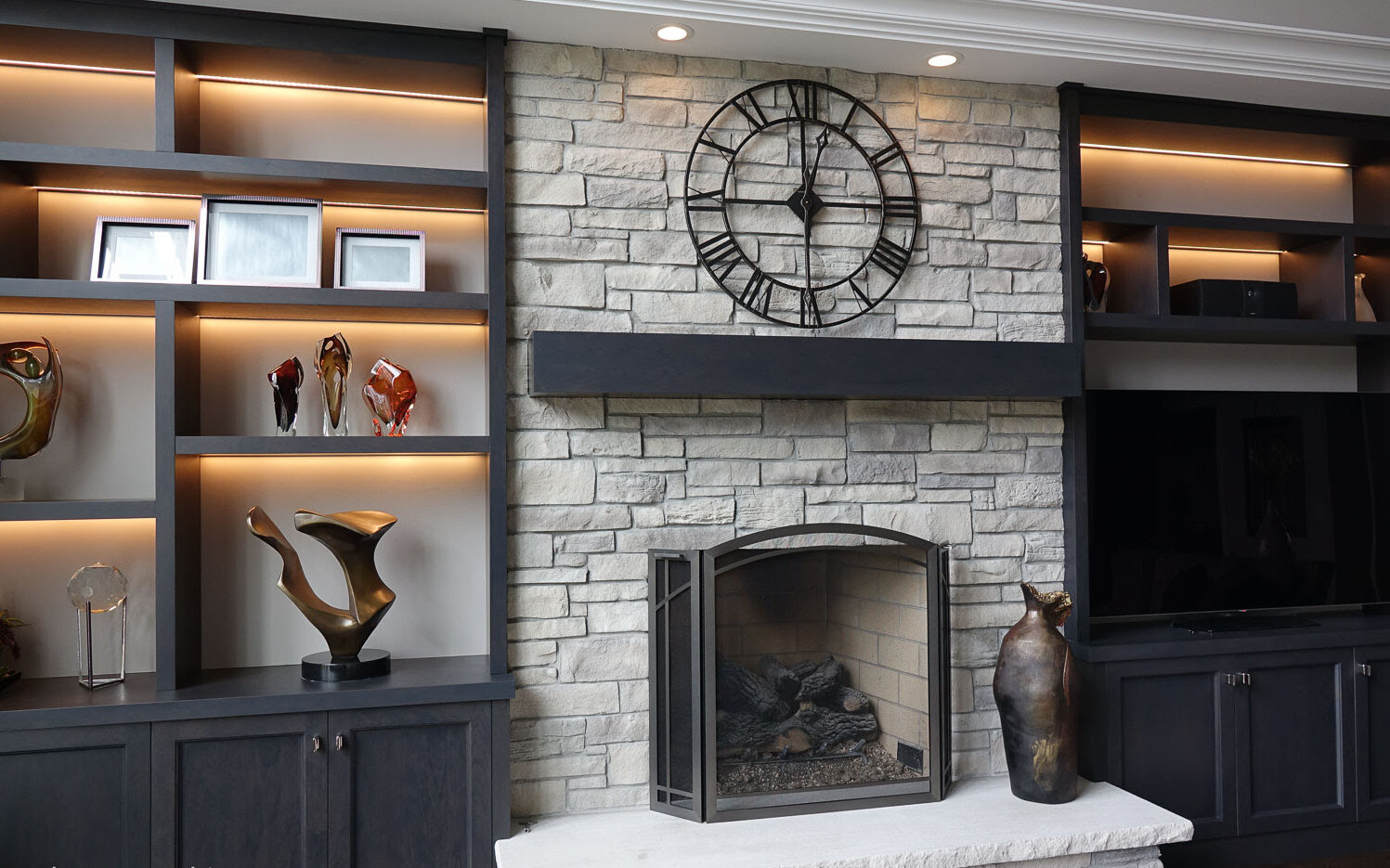
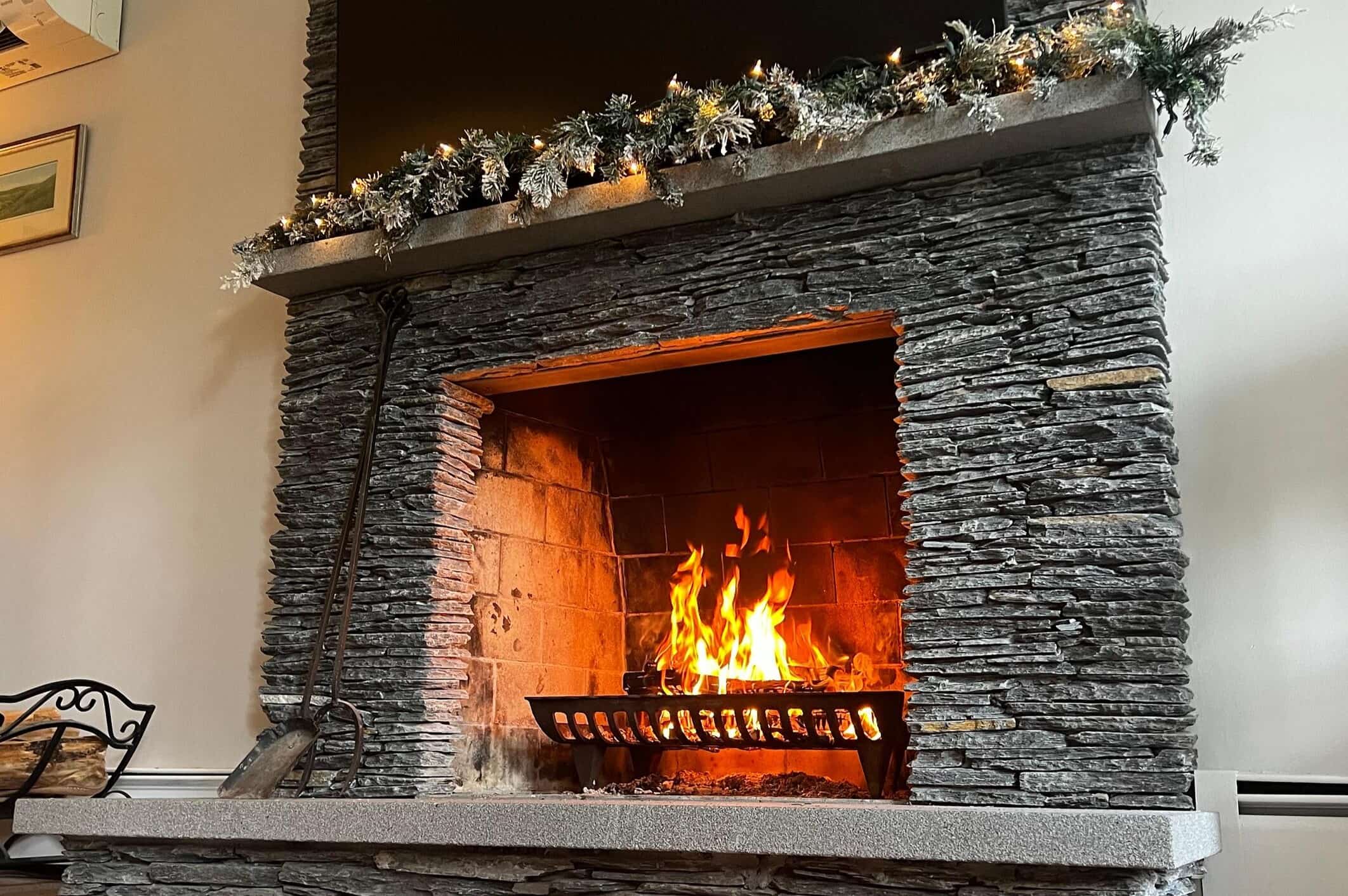
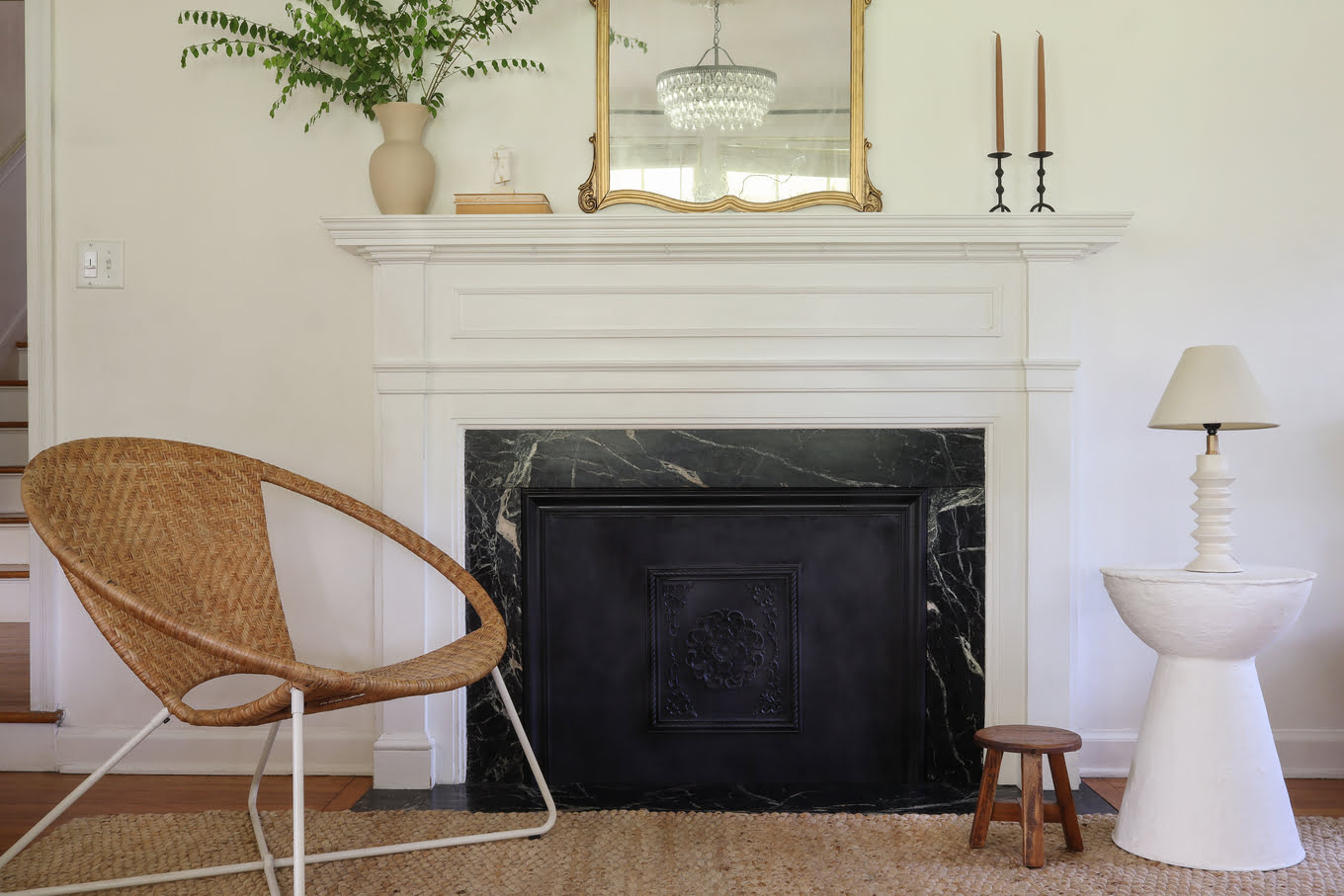
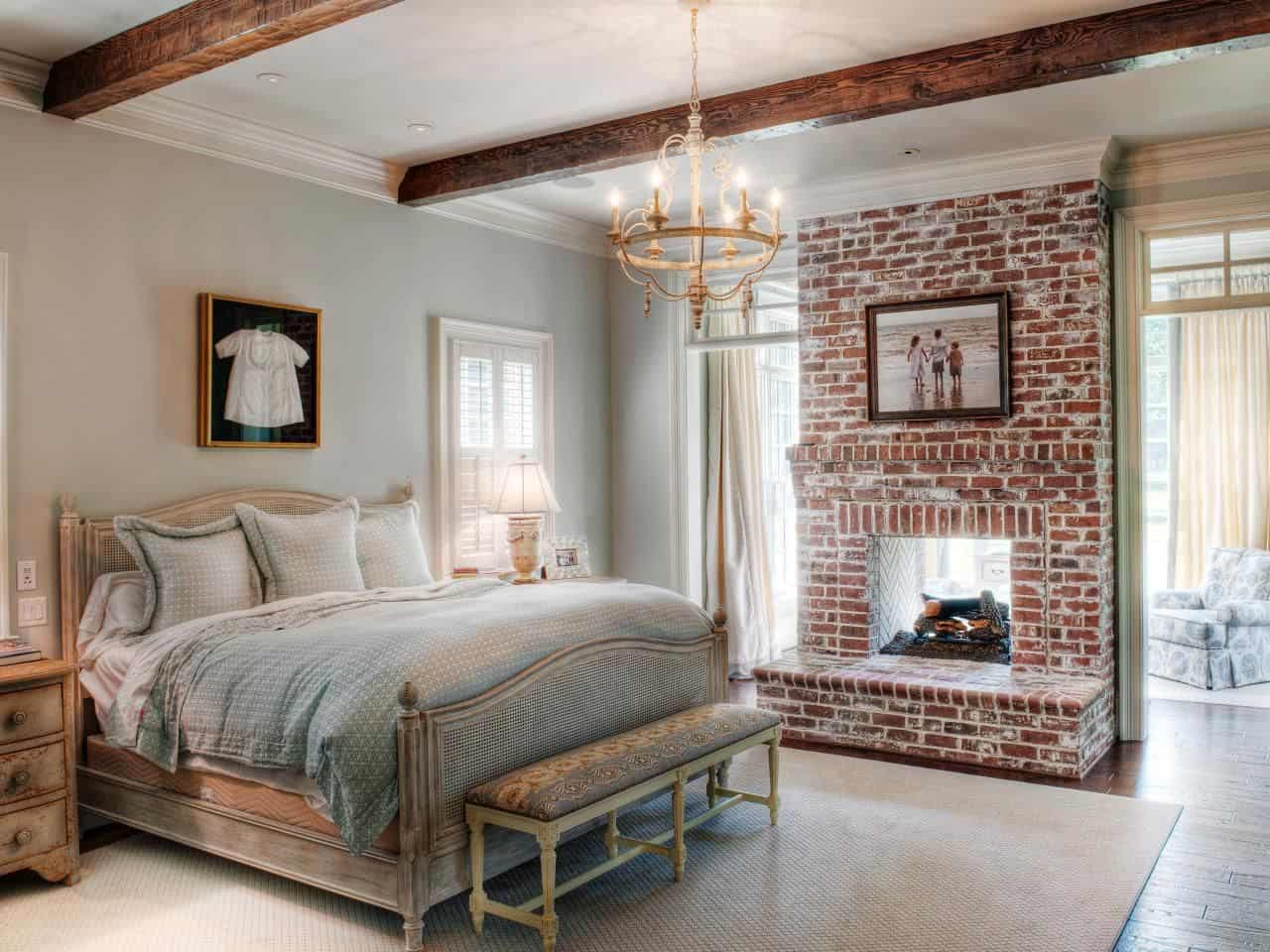
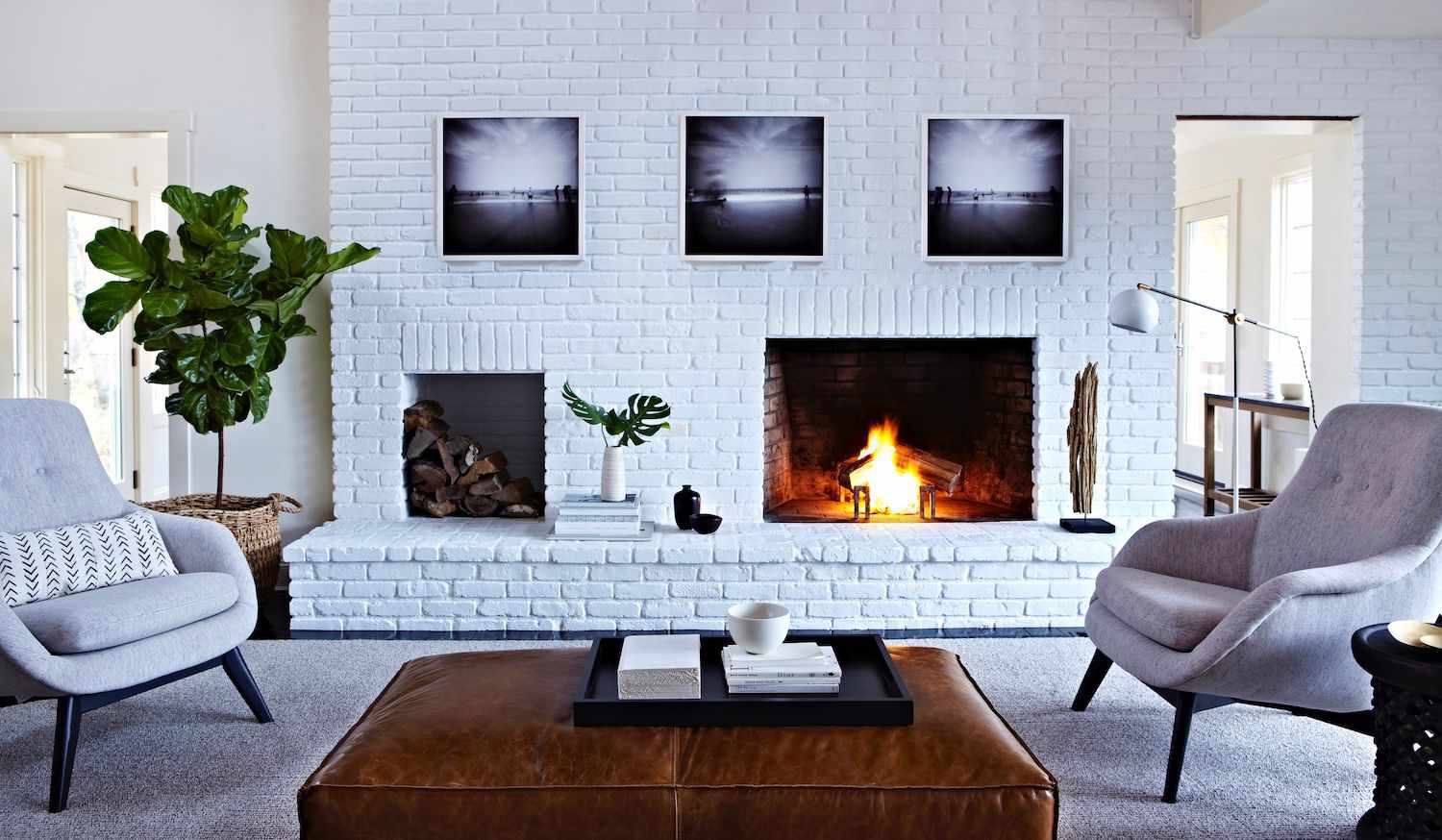
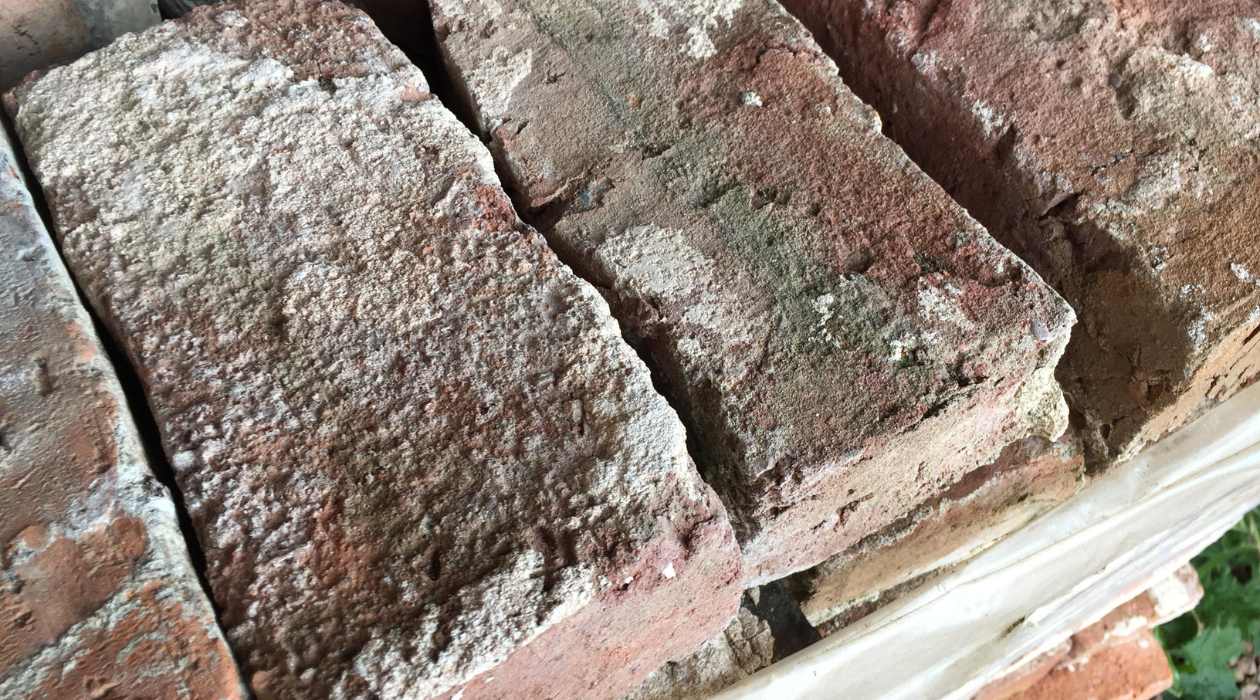
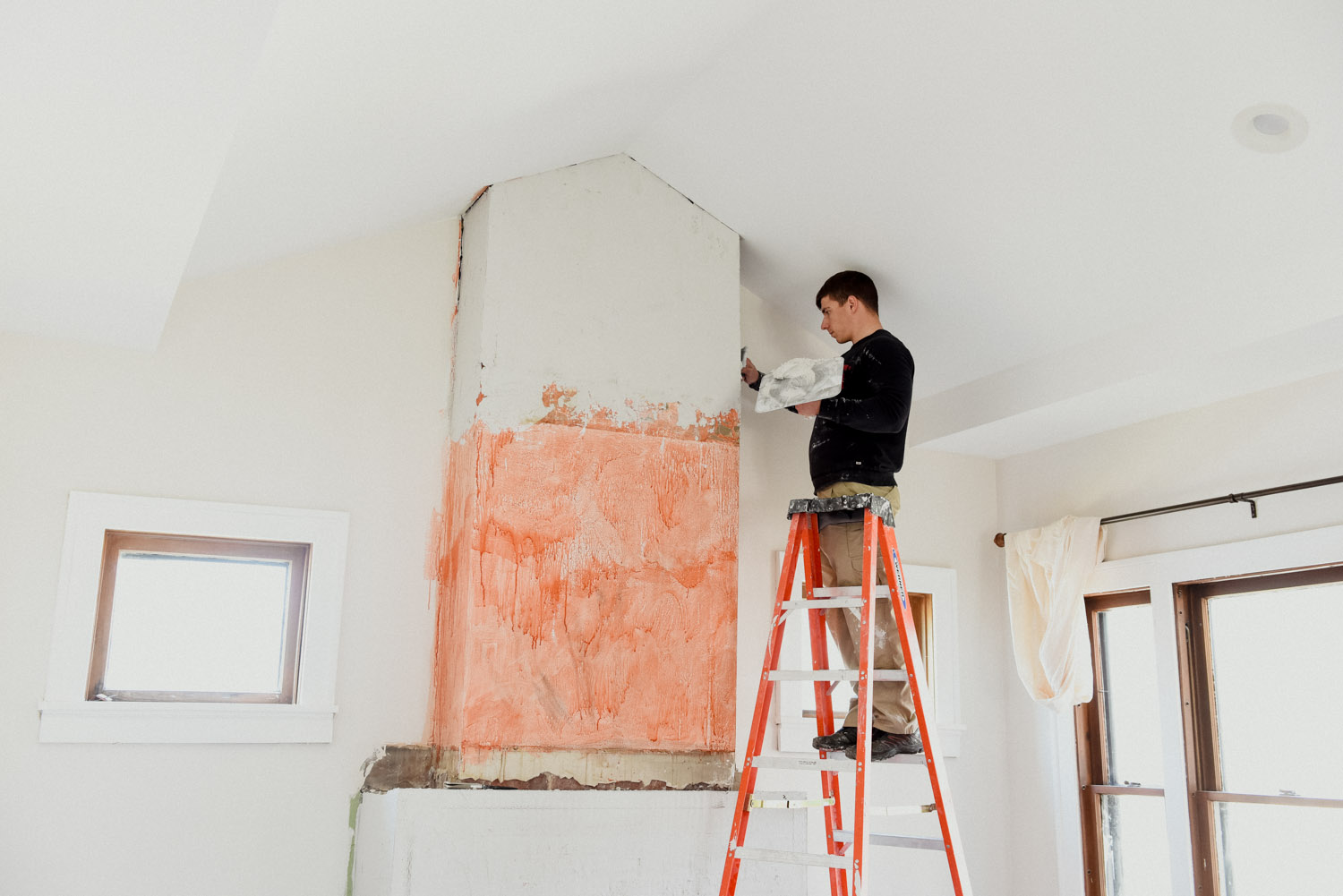
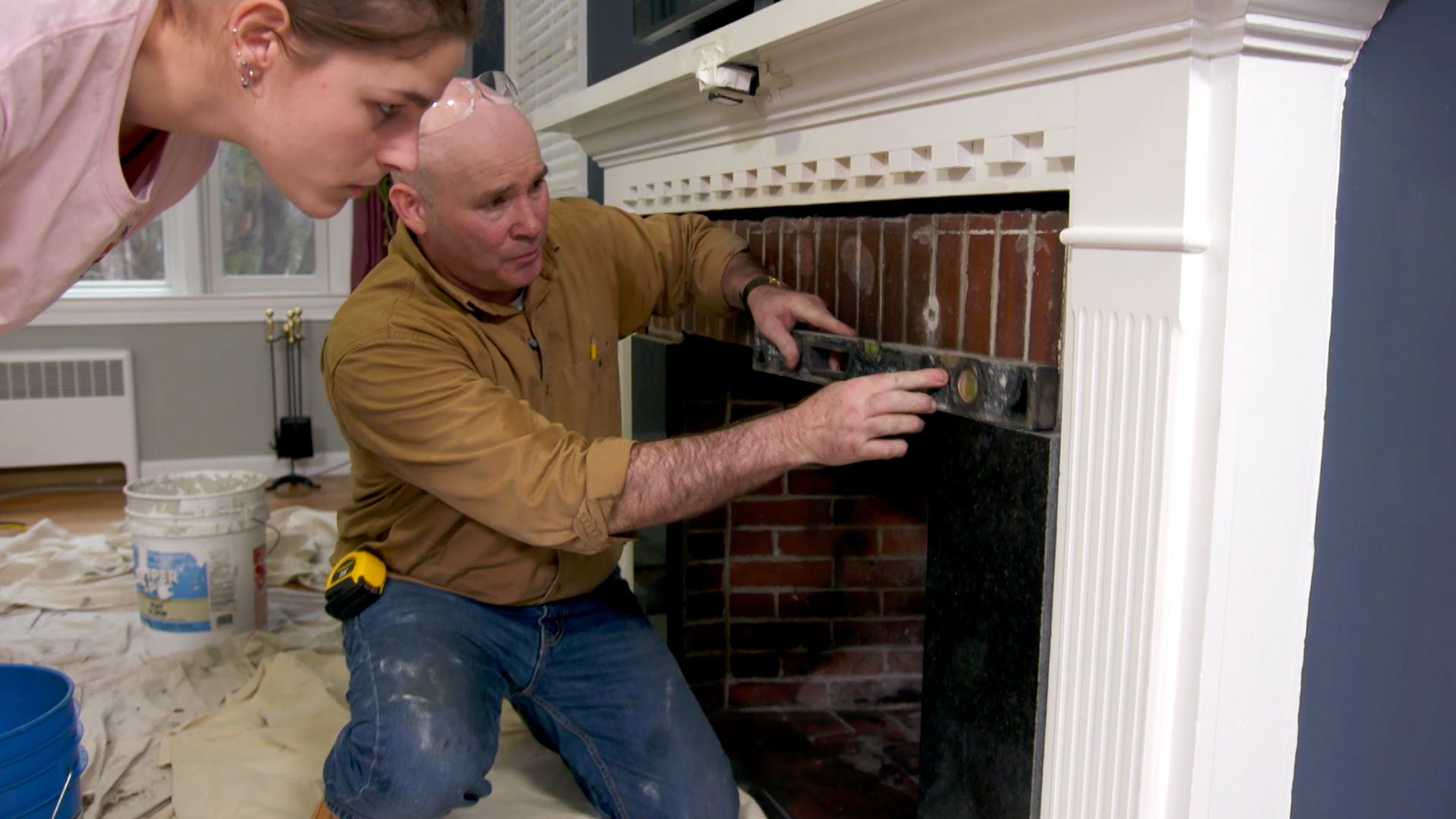
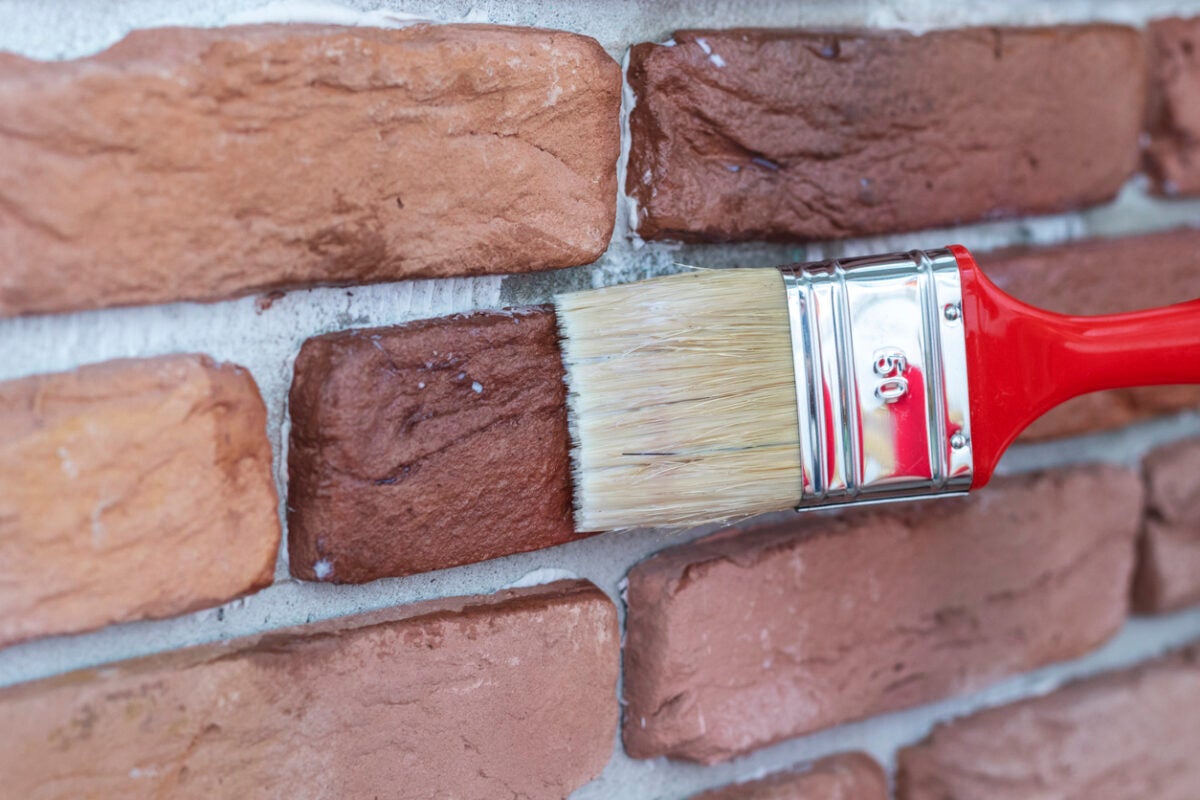
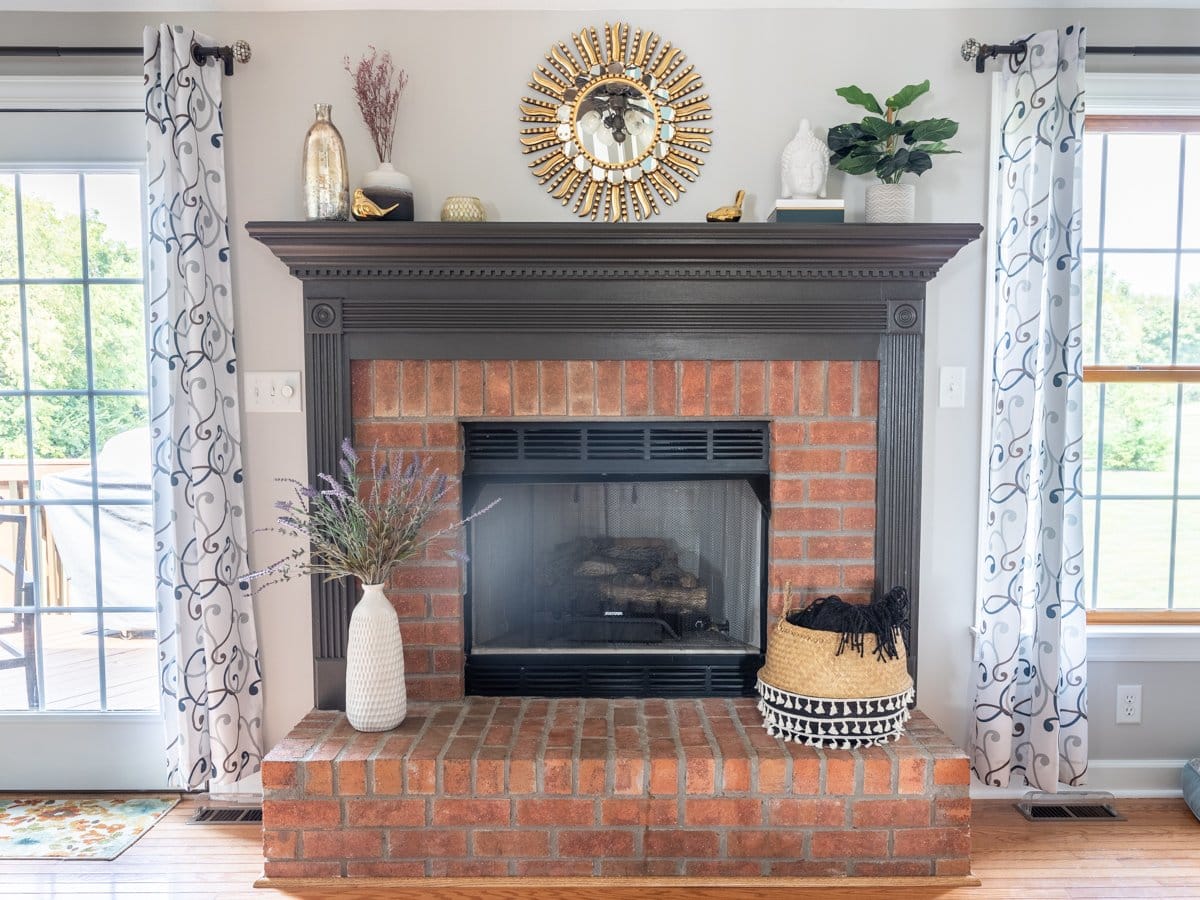
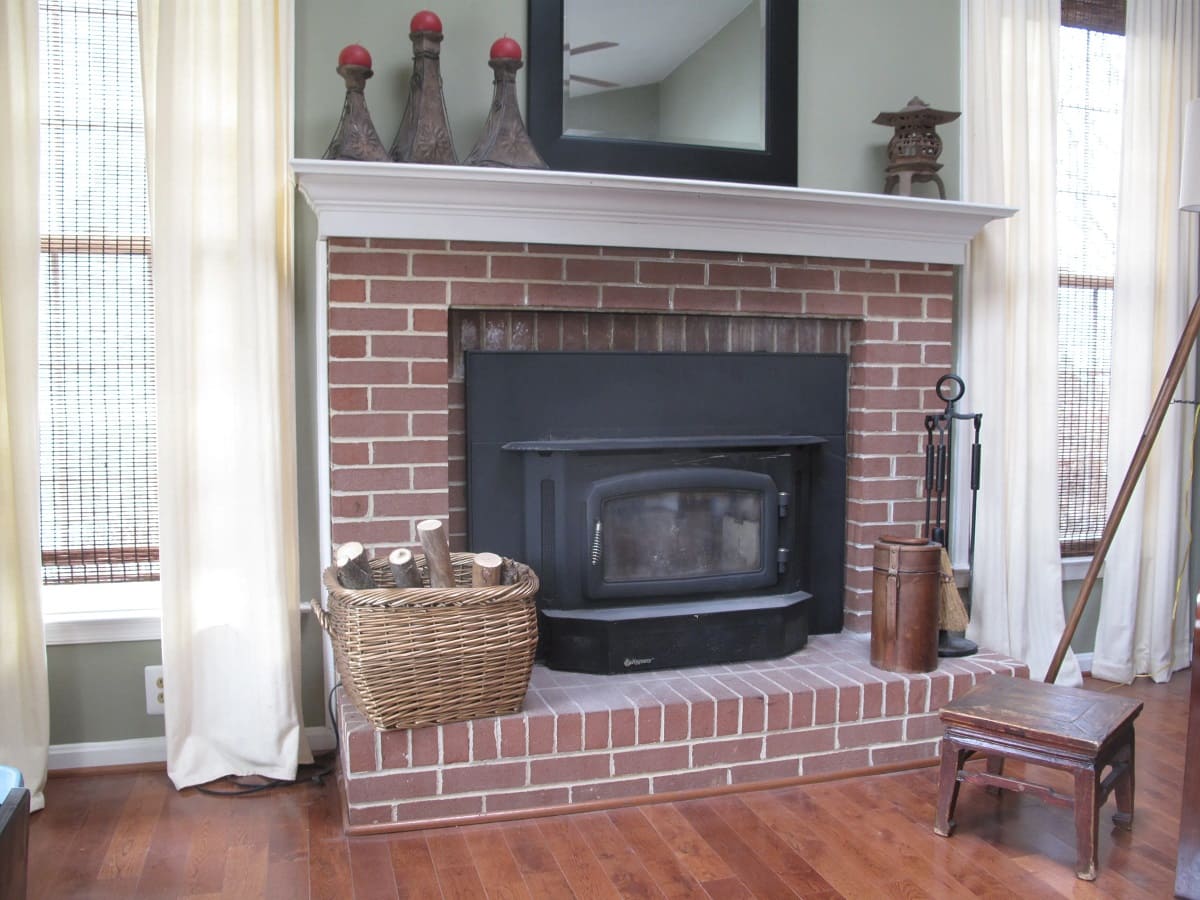
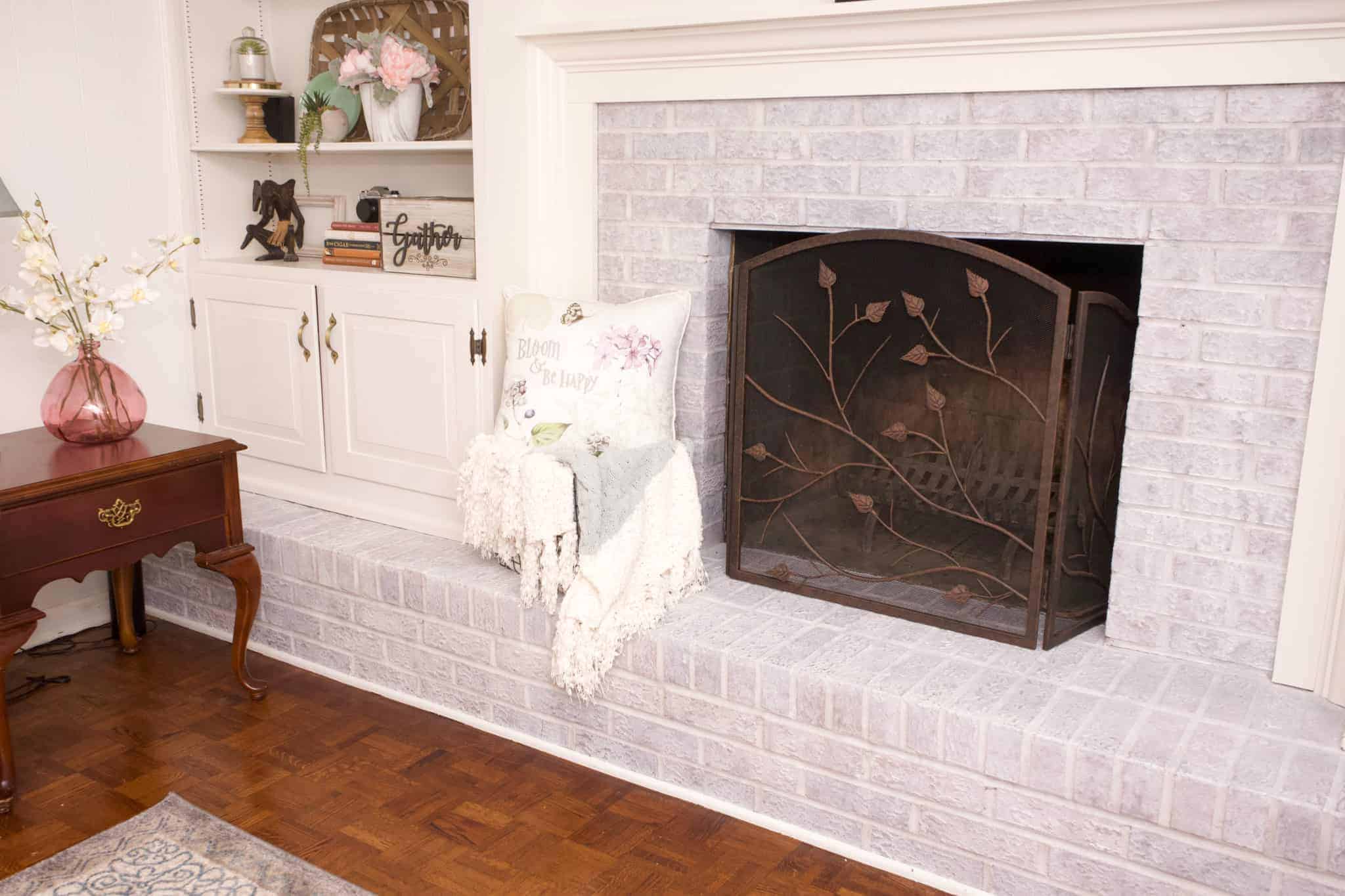
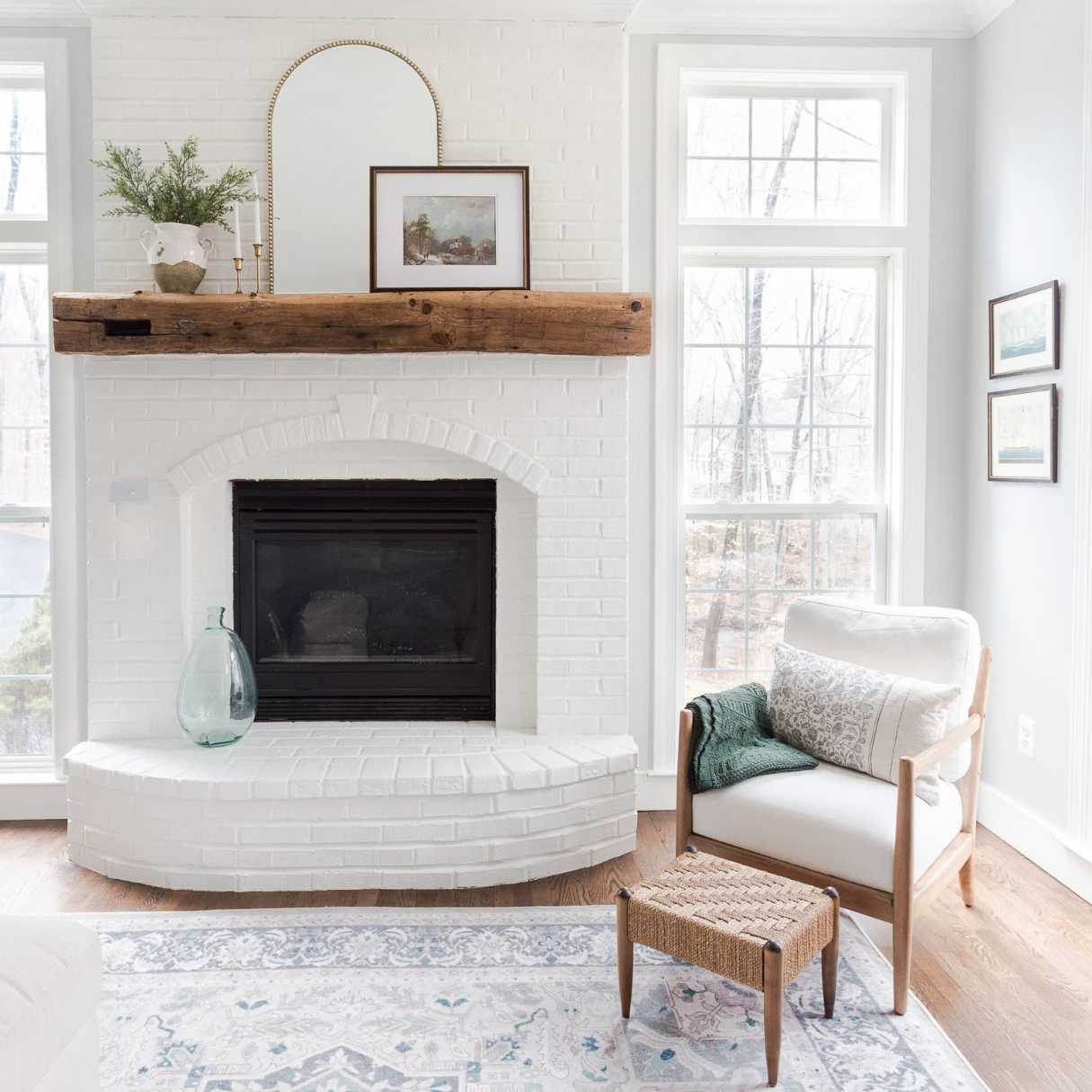

0 thoughts on “How To Cover A Brick Fireplace”